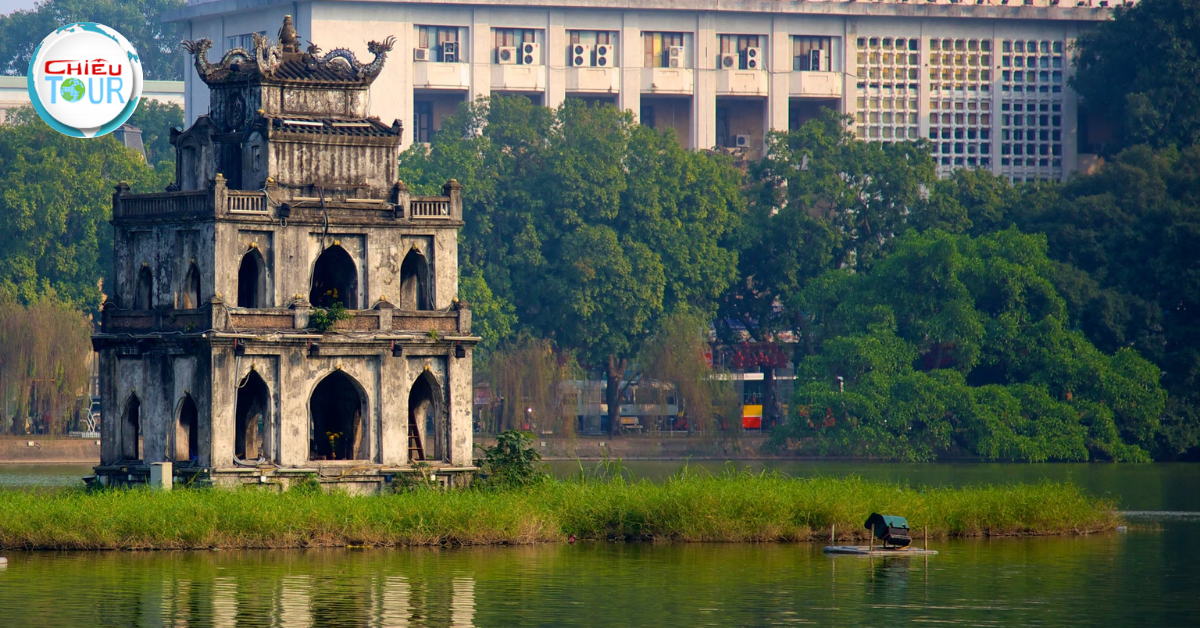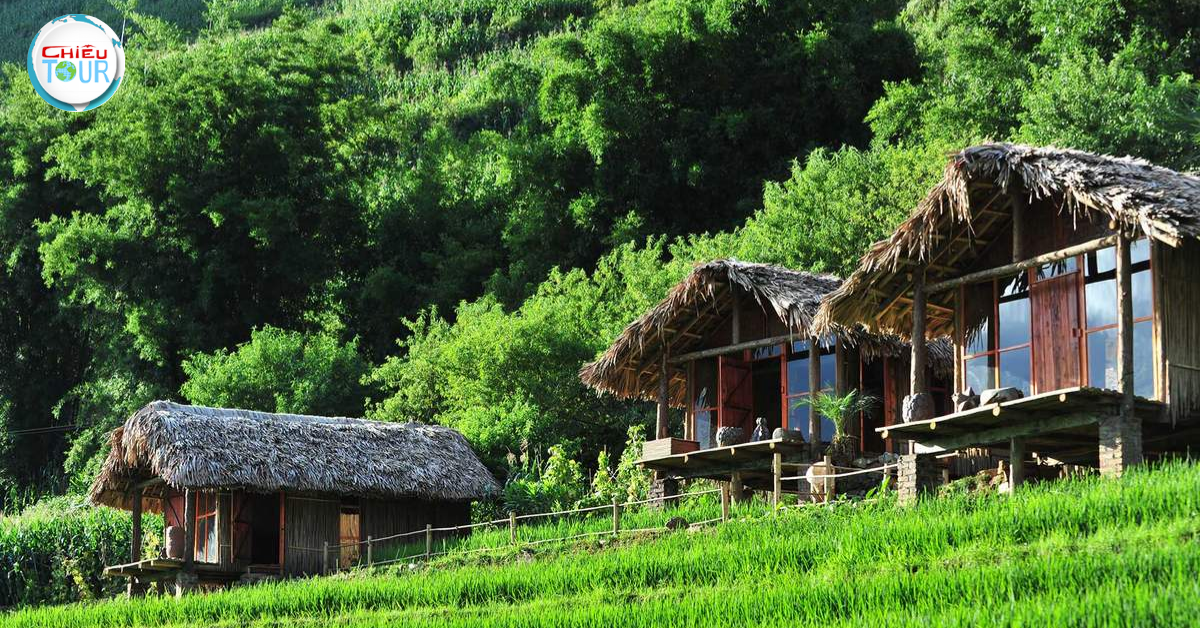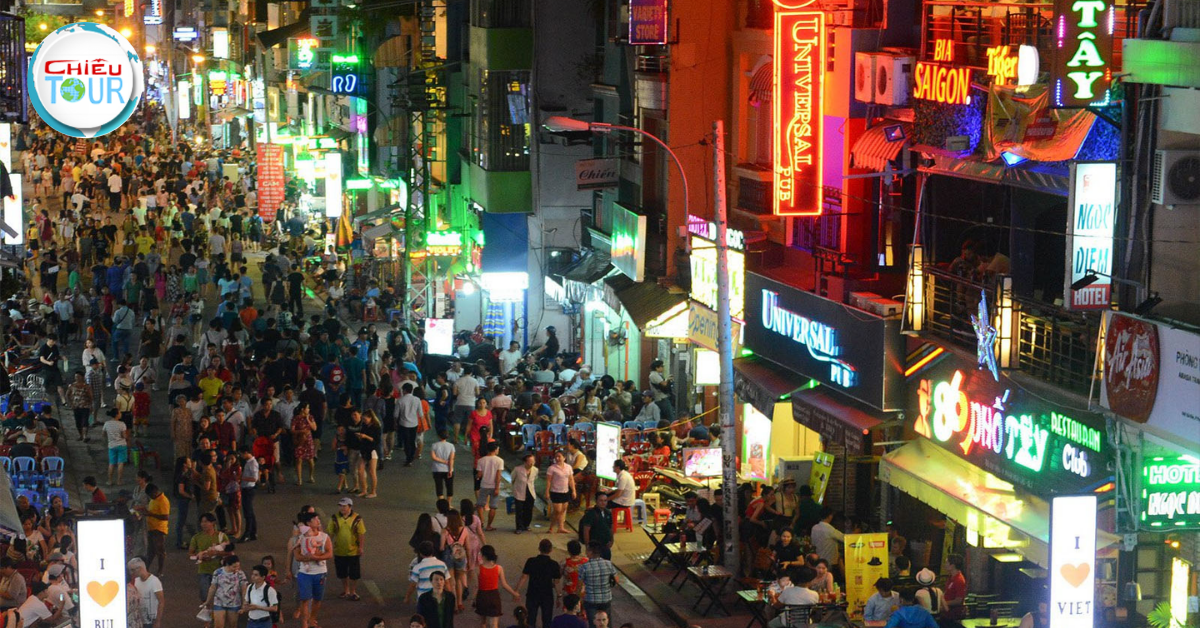The Imperial City of Hue
- Author: Admin
- | Hot destination
The Imperial City of Hue is a historic city located in central Vietnam and was once the capital of the Nguyen Dynasty from 1802 to 1945. This UNESCO World Heritage Site is renowned for its stunning architecture, rich history, and cultural significance. It stands as a testament to Vietnam’s imperial past and is a must-visit destination for anyone interested in history, culture, and architecture.
The Imperial City of Hue captivates visitors with its array of palaces, temples, walls, and gates, each echoing the grandeur of ancient Vietnamese civilization. As you walk through its majestic structures, you’ll be transported back in time, allowing you to experience firsthand the legacy of emperors and their courts.
Historical Significance of the Imperial City of Hue
The historical significance of the Imperial City of Hue is immense. It served as the political, cultural, and religious center of the Nguyen Dynasty, influencing various aspects such as governance, arts, and social structure. Understanding this context is crucial for appreciating the city's current status and attractions.
.png)
The Foundation of the Nguyen Dynasty
Founded by Emperor Gia Long in 1802, the establishment of the Nguyen Dynasty marked a new era in Vietnamese history. The decision to move the capital from Hanoi to Hue was strategic; it was centrally located and easier to defend.
The foundation of the Imperial City was laid with meticulous planning. It was designed based on the traditional principles of feng shui, harmonizing the space with the surrounding environment. The city was surrounded by walls and moats, symbolizing protection and strength.
This shift not only enhanced local governance but also established Hue as an influential cultural hub. The dynasty promoted literature, music, and fine arts, leading to a flourishing of Vietnamese culture that still resonates today.
Architectural Marvels within the Imperial City
The architectural design of the Imperial City reflects both Vietnamese heritage and Chinese influences, showcasing a unique blend that defines the region's identity. The city is divided into several sections, including the Citadel, the Forbidden Purple City, and various temples and tombs.
The Citadel is the heart of the Imperial City, encompassing over 500 buildings. Its imposing walls are a remarkable feat of engineering, standing strong despite the ravages of time and conflict. The grand gates lead to lush gardens, ceremonial halls, and residential quarters, illustrating the lifestyle of the emperors.
The Forbidden Purple City, although heavily damaged during wars, once served as the emperor’s private residence and is steeped in mystery and exclusivity. Restoration efforts continue, shedding light on the opulence of imperial life.
The Role of the Imperial City in National Identity
Throughout Vietnam's tumultuous history, the Imperial City has been a symbol of national pride and resilience. Despite significant destruction during the Vietnam War, the spirit of the city endures, representing the strength of the Vietnamese people.
Hue is recognized not just as a place of historical significance, but as a cultural beacon. Local traditions, festivals, and cuisine thrive here, attracting tourists and scholars alike. The annual Hue Festival celebrates the city’s heritage, featuring traditional performances, art exhibitions, and culinary showcases.
In recent years, the government has recognized the importance of preserving this heritage, investing in restoration projects to ensure that future generations can appreciate the beauty and history of Hue.
Cultural Experiences in the Imperial City of Hue
Visiting the Imperial City of Hue offers more than just sightseeing; it immerses you in a rich tapestry of culture and tradition. From culinary delights to the vibrant festivals, the cultural experiences in Hue are boundless.
.png)
Traditional Cuisine of Hue
Hue is famous for its distinct cuisine, which reflects the city's royal heritage. The imperial meals were elaborate affairs, composed of numerous dishes presented beautifully.
One cannot visit Hue without trying Bun Bo Hue, a flavorful beef noodle soup that showcases the city’s culinary prowess. The dish is known for its spicy broth, tender meat, and aromatic herbs. Street vendors and local restaurants serve it, ensuring an authentic tasting experience.
Another specialty is Nem Lui, or grilled pork skewers, which are usually served with fresh vegetables and rice paper for wrapping. The delicate balance of flavors and textures makes it a favorite among locals and tourists alike.
Exploring the local markets adds another layer to your culinary journey. The bustling atmosphere, combined with the aroma of street food, creates a sensory delight. Engaging with vendors and learning about their crafts enhances your appreciation for Vietnamese culture.
Festivals and Celebrations
Hue hosts a variety of festivals throughout the year, each offering insight into the local traditions and customs. The Hue Festival, held every two years, is a spectacular celebration of culture, arts, and traditions. It features parades, performances, and exhibitions that draw artists from around the world.
During the festival, the streets come alive with color, music, and laughter. Traditional games, dragon dances, and theatrical performances transport you to a world of ancient legends and stories.
The Tet Festival, which marks the Lunar New Year, is another significant celebration in Hue. The city is adorned with lanterns, and families gather to honor their ancestors. The festivities involve preparing special foods, visiting temples, and participating in community activities, allowing visitors to experience Vietnamese hospitality and warmth.
Architectural Tours and Workshops
To truly appreciate the artistry behind the Imperial City, consider taking guided tours that delve into the history and architecture. Knowledgeable guides often share stories about the emperors, the construction process, and the symbolism embedded in the designs.
Participating in workshops focused on traditional crafts like calligraphy, painting, and pottery provides an interactive way to connect with the culture. These hands-on experiences allow you to engage with local artisans and gain a deeper understanding of Vietnamese artistic traditions.
The blending of learning with exploration makes every visit memorable. Walking through the ancient halls while recounting tales of grandeur enhances your connection to this historic site.
Preservation Efforts and Challenges at the Imperial City of Hue
Despite its historical importance, the Imperial City of Hue faces challenges related to preservation and tourism. Understanding these issues is key to appreciating the ongoing efforts to maintain this cultural heritage.
.png)
Restoration Projects and Funding
The impact of war took a toll on the Imperial City, leading to significant damage and loss of original structures. In recent decades, restoration projects have gained momentum, aiming to bring the city back to its former glory.
Efforts by both the Vietnamese government and international organizations focus on restoring key monuments and structures. Funding allocation, however, remains a challenge, as the costs associated with preservation are substantial.
While progress is visible, there is still much work to be done. Continuous support from both local and global communities is essential for ensuring that the Imperial City of Hue retains its status as a cultural landmark.
Balancing Tourism and Conservation
As interest in the Imperial City grows, so does the influx of tourists. Striking a balance between welcoming visitors and protecting the integrity of the site presents a complex challenge.
Local authorities have implemented measures to manage tourism, including entrance fees and guided tours. These regulations aim to minimize environmental impact and preserve the delicate structures for future generations.
However, there is a constant need for awareness and education regarding respectful tourism practices. Visitors are encouraged to engage with the community positively, supporting local businesses and respecting cultural customs.
Engaging the Community in Preservation
Community involvement plays a pivotal role in preserving the Imperial City of Hue. Initiatives that promote local engagement encourage residents to participate actively in conservation efforts.
Programs focusing on educating young people about their cultural heritage foster a sense of pride and responsibility. By connecting the younger generation to their historical roots, the hope is to inspire future custodians of this legacy.
Collaborative efforts between residents, historians, and government bodies create a holistic approach to preservation. When the community recognizes the importance of their heritage, the commitment to preserving it strengthens.
FAQs

What is the best time to visit the Imperial City of Hue?
The ideal time to explore the Imperial City of Hue is during the dry season, typically from February to August. The weather is more favorable, allowing for comfortable exploration of the outdoor sites.
Are there any guided tours available in the Imperial City of Hue?
Yes, various guided tours are offered, providing insights into the history and architecture of the Imperial City. You can choose from walking tours, bicycle tours, and even boat trips along the Perfume River.
Is there an entrance fee to visit the Imperial City of Hue?
Yes, there is an entrance fee for visiting the Imperial City, which goes towards maintenance and preservation efforts. It's advisable to purchase tickets at the entrance or online for convenience.
Can visitors participate in any cultural activities while in Hue?
Absolutely! Visitors can engage in various cultural activities, including cooking classes, traditional craft workshops, and participation in local festivals, enhancing the immersive experience.
How can I get to the Imperial City of Hue from other parts of Vietnam?
Hue is well-connected by train, bus, and air. Major cities such as Hanoi and Ho Chi Minh City offer multiple transportation options, making it easy for travelers to reach Hue.
Conclusion
The Imperial City of Hue is not merely a historical site; it embodies the essence of Vietnamese culture and heritage. Each corner of the city holds stories waiting to be uncovered, offering a glimpse into a time when emperors ruled and dynasties flourished.
Through its rich history, vibrant culture, and ongoing preservation efforts, the Imperial City stands as a symbol of resilience and pride. Visiting Hue is more than just looking at architectural marvels; it's an invitation to step into the past and witness the enduring spirit of a nation. Whether you're savoring the delicious local cuisine, engaging in colorful festivals, or exploring ancient structures, the Imperial City of Hue promises an unforgettable experience for all who seek to understand its legacy.
 Vietnam
Vietnam 

.png)



